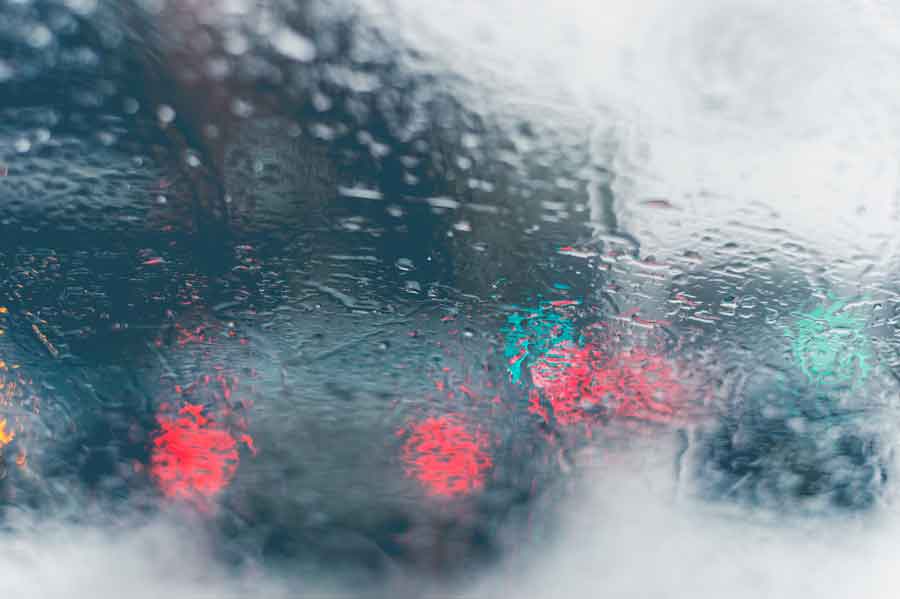Drive Safely in Hazardous Conditions
Driving in hazardous conditions does not require Nascar-grade driving skills. There is no class to train you to drive better in the fog, snow, rain or sleet. The only requirement in to be aware of hazardous driving conditions and adjust yourself accordingly. Plus, be aware that other drivers will most likely not adjust properly to the poor conditions and continue as if everything were a beautiful sunny day. Slow down, don’t follow other vehicles closely and know that the vehicles around you are more than likely going to do something completely unsuitable for hazardous driving conditions.
Rainfall is very dangerous for driving. However, most drivers don’t take it as seriously as they should. It is incredibly easy to hydroplane. It doesn’t take much at all—even with good tires you can hydroplane. It occurs when you drive too fast on rain-covered roads. It can also occur when your tires are worn down, even just a little. If a puddle is deep enough to fill in the grooves of your tires you can hydroplane. If you notice that your car is now surfing on the road, slow down. Your tires will regain traction. With anti-lock brakes, braking lightly is safe to do.
Driving in sleet, snow or ice is highly precarious. Each storm presents differently, so it’s even more difficult to drive in than rain. Furthermore, as more cars drive over the snow-covered roads, the conditions change. Just be aware of a few things when driving in the sleet, snow or ice:
• Bridges will freeze
• Change lanes only when necessary
• Stay in the far right lane
• Drive through the tire tracks of the vehicle in front of you
• Test your brakes when you first begin driving to gauge necessary reaction times
• Black ice: It’s nearly impossible to see, and incredibly dangerous. All you can do is take your foot off the brake and hope your vehicle stays straight.
Fog is also a hazardous driving condition. If thick enough, you won’t be able to see even 10 feet in front of you. It’s best to just avoid driving in fog altogether. But if you absolutely have to, treat it like any other hazardous condition and drive slowly. Do yourself a favor and turn off the radio, too. You’re going to need your ears to indicate what’s going on around you. The only other precaution is to turn on your fog lights. High beams will further obscure your vision. The fog just refracts the bright light and reduces the distance that you can see clearly. If you’re preparing to brake, tap them first to alert the driver behind you. And as with snow, stay in the far right lane. The less lane changes you have to make the better. Plan out your turns ahead of time and give yourself and other vehicles plenty of notice.
In conclusion, the best practice is to drive slowly and increase your following distance. Some accidents are unavoidable especially in hazardous conditions. Recognize less than optimal driving conditions, and adjust accordingly.

